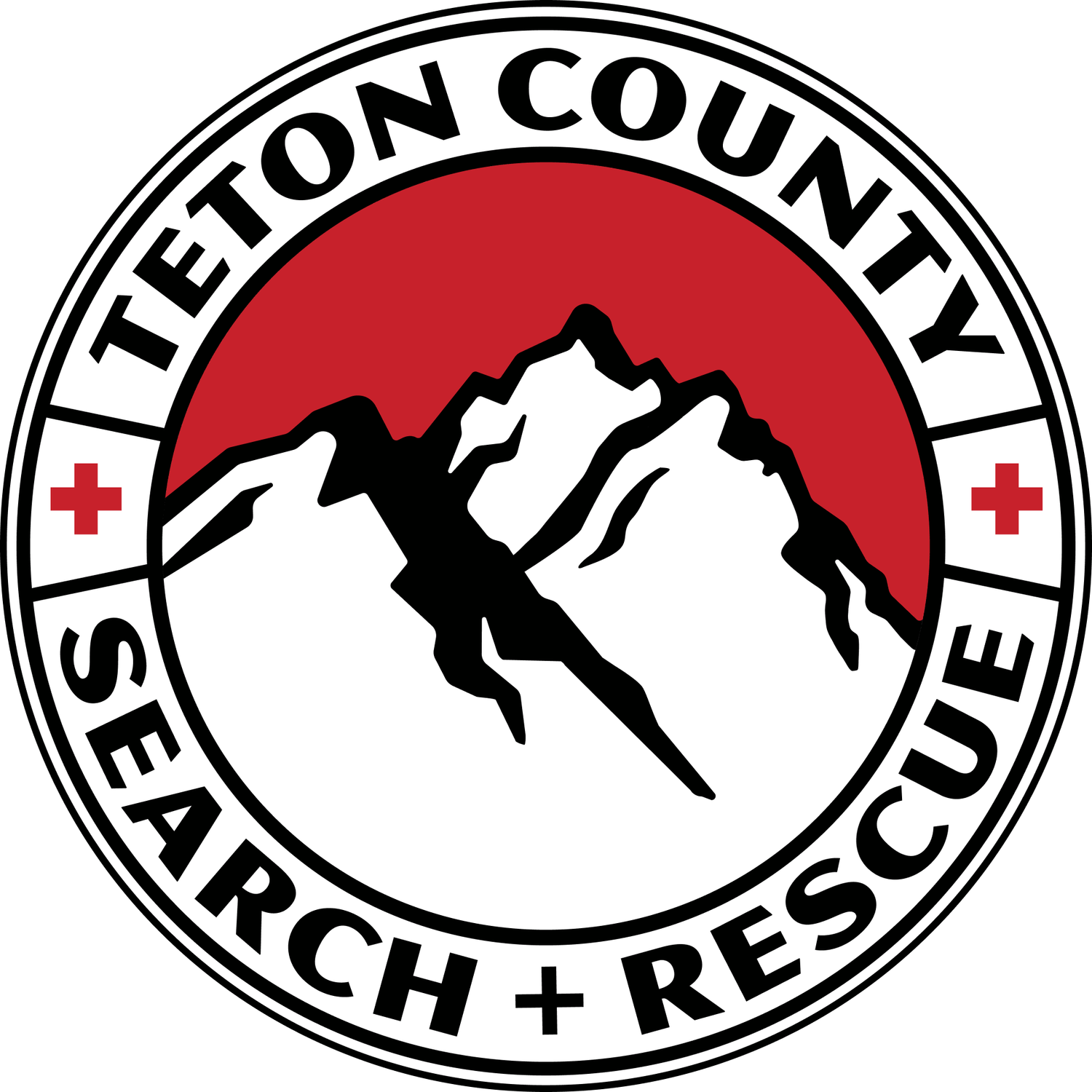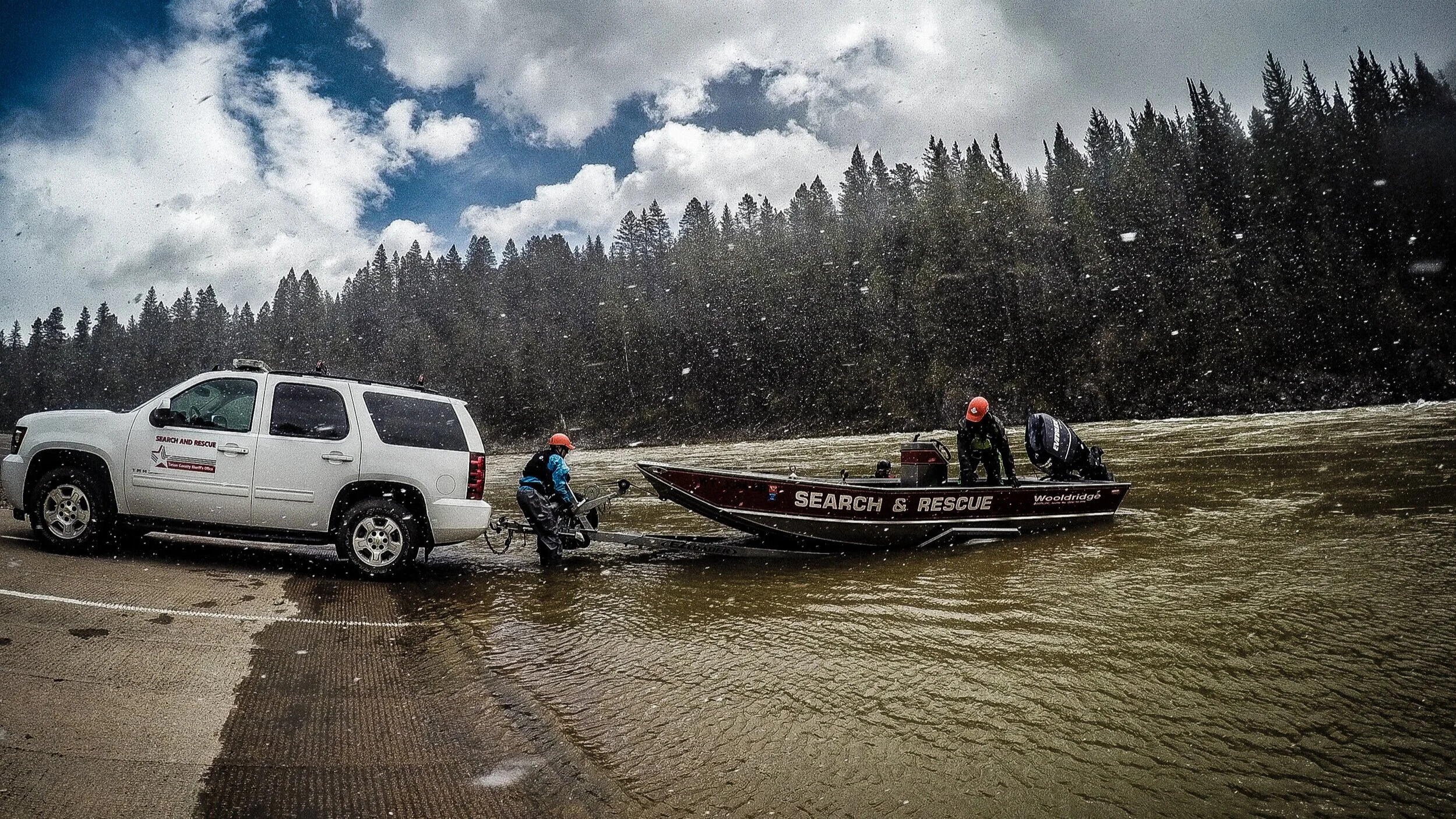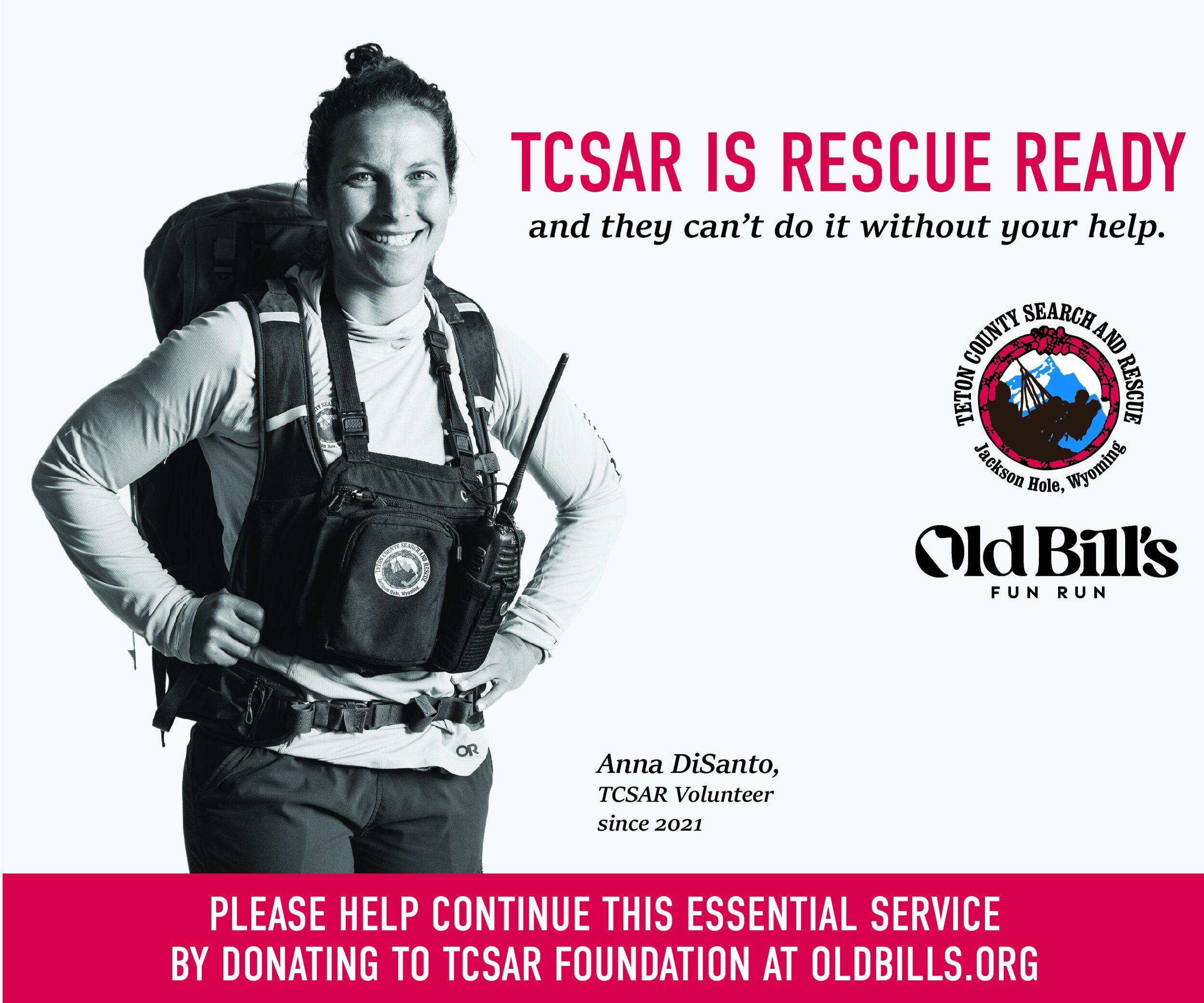It's a well-known fact that rescues get all the attention. But when it comes to how TCSAR volunteers spend the majority of their time, it's all about training. And more training. And more training.
TCSAR volunteers train at least twice a month, and even more when it involves helicopter operations. Last year, the volunteers spent a collective 10,842 hours on training, with 6,195 hours on rescues. Suffice to say it's a huge time commitment — but absolutely necessary for the volunteers to be Rescue Ready.
You can help support these efforts by TCSAR volunteers to save lives by donating to TCSAR Foundation at OldBills.org. It’s the best time of year to stretch your donation to help the team. Click the button below to find out more. Thanks for supporting TCSAR!







